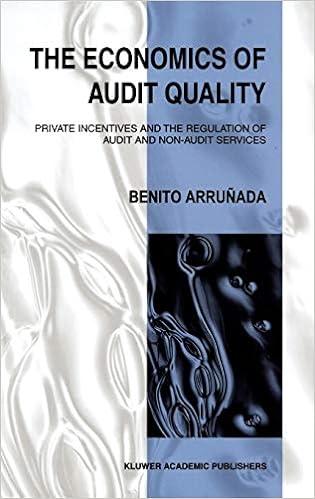Question
Which Financial theory the below article relate?The theory and the real life situation linked or not? Article:Collapsing oil and gas prices and diminishing offshore oil
Which Financial theory the below article relate?The theory and the real life situation linked or not?
Article:Collapsing oil and gas prices and diminishing offshore oil reserves have thrown BHP Billiton's total production into decline for at least two years, with investors and analysts warning the group will escape this "ex-growth" position only through a sustained price recovery or a big deal that could divide shareholders. Deutsche Bank mining analyst Paul Young said it was the first time in 15 years BHP was without enough growth options and argued the company was being restricted by its progressive dividend. The global miner's decision to pull back from its ambitions in the US onshore shale oil and gas sector - because the division has been rendered largely unprofitable by the oil and gas price collapse - coupled with a decline in BHP's conventional oil production, had made the miner "ex-growth", Mr Young said. BHP's sudden shift into "ex-growth" mode is based on production across all of the company's commodities, as measured by the mining industry standard known as the "copper equivalent", which BHP uses to measure growth. Production at its massive Escondida copper mine in Chile will also be in decline for the next two years, before an expected rebound in financial 2017-18. Mr Young told The Australian Financial Review if BHP wanted to revamp its oil business, large-scale mergers or acquisitions were the only option to restore growth, unless oil and gas prices staged a big recovery. "But if you look at the history, the question is, do they have the licence to do so?" he said. "The world's biggest mining company, with very low-risk, tier-one assets, in low-risk jurisdictions, should not be in a position where they are ex-growth - the valuation opportunity for BHP has always been that they can grow while everyone else is not. "They are supposed to have unrivalled growth options over peers, which is really what they've been stating, but that's not the case. "With the strongest balance sheet in the industry, BHP should be flexing its balance sheet and putting its foot down on growth, but the challenge is that they don't have enough tier-one assets in their oil portfolio, they don't have enough tier-one options in copper, and they know that, and a lot of other companies are the same [in copper]." BHP became ex-growth in financial 2014-15, when its copper equivalent production peaked, and was set to remain that way for at least the next few years, Mr Young said. BHP flagged in July that iron ore was the only one of its four key "pillars", the other three being copper, petroleum and metallurgical coal, set to grow in 2015. "BHP was supposed to have this fantastic growth profile in the [United States onshore] dry gas fields and it hasn't eventuated, and the markets for bulk commodities are saturated, so BHP is coming to the end of its growth there," Mr Young said. The company's Blackhawk oil and gas field "is the only field in the US onshore business that works at current prices. The others don't," he said. Rival Rio Tinto was not "ex-growth", Mr Young said. "You look at Rio Tinto, and a lot of their projects aren't pricing dependent - they still work at lower prices. And they have very good growth options in their portfolio." BHP's $US6.5 billion ($8.7 billion) progressive dividend policy - which says the company will increase or at least maintain its dividend in US dollar terms every year - was defendable and sustainable, and its yield and cash flow were "very compelling", Mr Young said. But a gearing up should be viewed as a move to fund growth, not cover the dividend, he said. "The size of the dividend is not ideal, and it is restrictive because it limits your ability to be counter-cyclical." For example, BHP should be running a buyback now, he said. Aberdeen Investment Management, one of BHP's biggest shareholders, has also highlighted the issues with the progressive dividend. "When you don't have that much growth within your internal portfolio, a dividend becomes a lot more important for investors," Aberdeen senior investment manager Michelle Lopez said in July. BHP's great oil exploration hope is its offshore Trinidad and Tobago acreage, but even if drilling is successful in 2016 it will not be developed until next decade. "They are still looking at the next five years without one new conventional oil project coming online," Mr Young said. "The only way they can really offset that gap is to buy a company. And you put that down the list, because very rarely, as you've seen in the past, do companies create value by doing so." It was also very rare that good tier-one assets came up for sale in oil. They were generally held by the majors, so if BHP wanted a project it could bring into development in the next five years it would probably have to buy an existing project partner out, he said. Most of BHP's peers have expansion coming in the next five years and a longer reserve life in conventional oil.
Step by Step Solution
There are 3 Steps involved in it
Step: 1

Get Instant Access to Expert-Tailored Solutions
See step-by-step solutions with expert insights and AI powered tools for academic success
Step: 2

Step: 3

Ace Your Homework with AI
Get the answers you need in no time with our AI-driven, step-by-step assistance
Get Started


